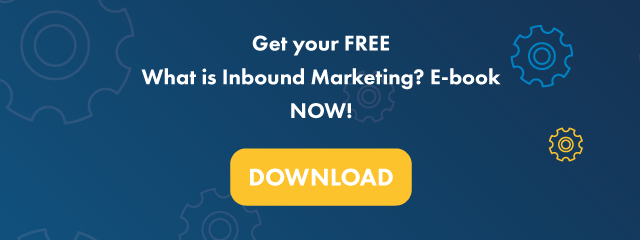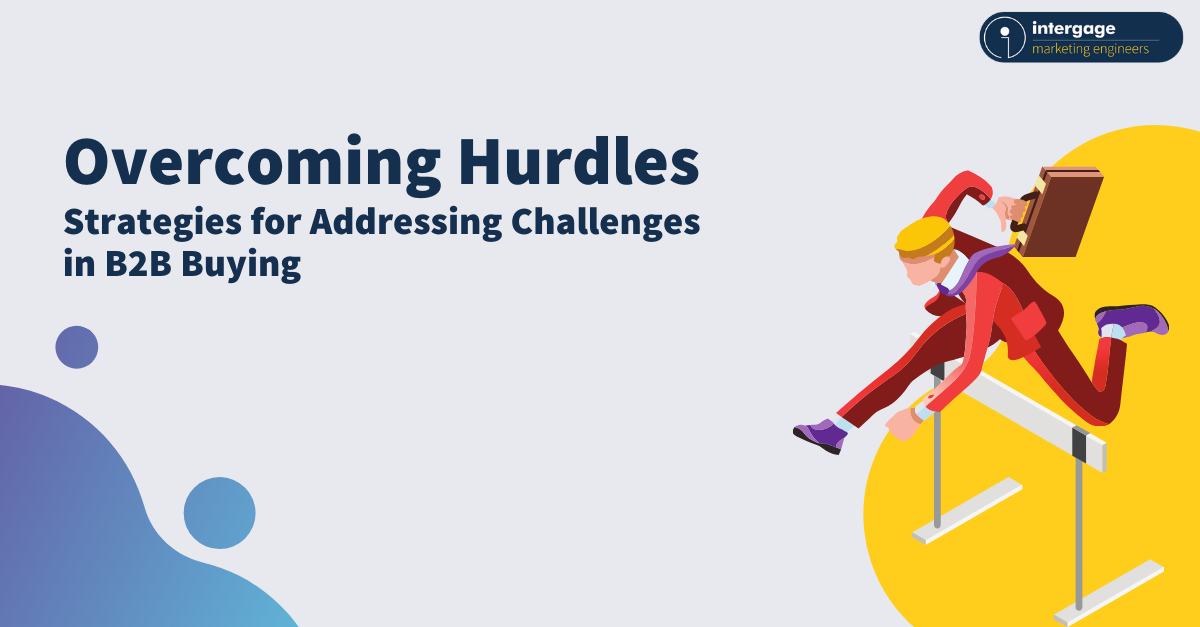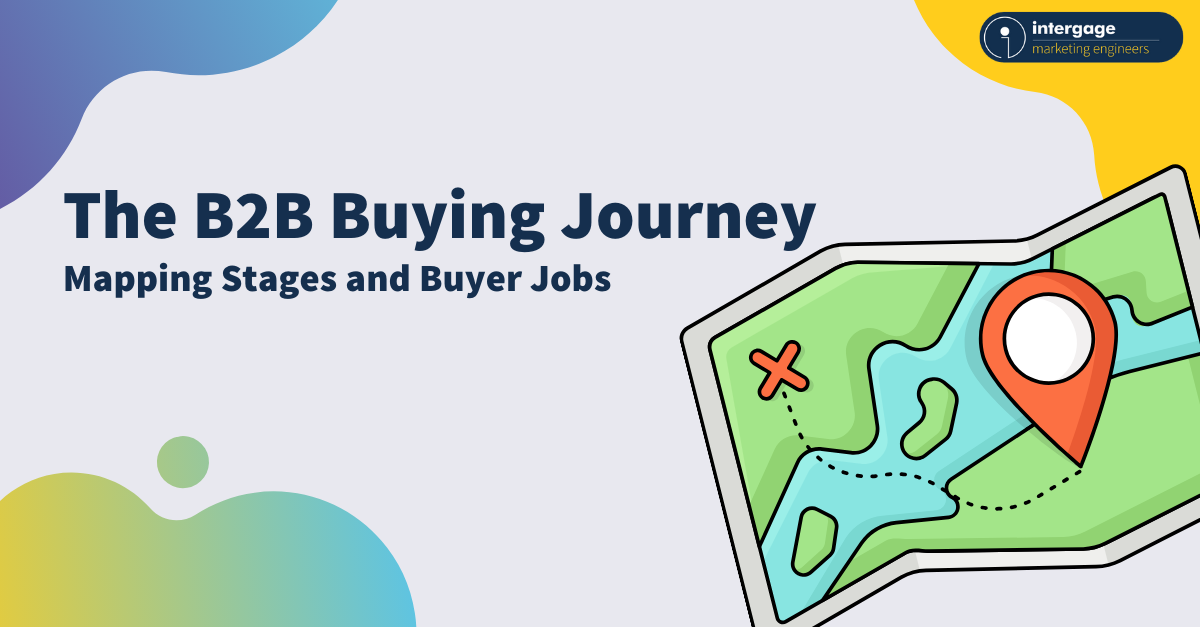The Buyers Journey: Providing the Right Content at the Right Time
Rarely, if ever, do people purchase products and services in the B2B sector on a whim.
Instead, a great deal of thought and consideration goes into the buying process, as individuals and buying teams consider a need, solution and vendor.
The same principle applies to those entering into business with you. For while the signposts may change, the general roadmap is the same. We call this the buyer’s journey.
Like a helpful sat nav - it’s the job of marketers and content creators to guide potential buyers along that route. They do so with the help of well-written, informative and helpful content.
Expecting to convert sales without all of the above, leads not to a destination but rather a dead end.
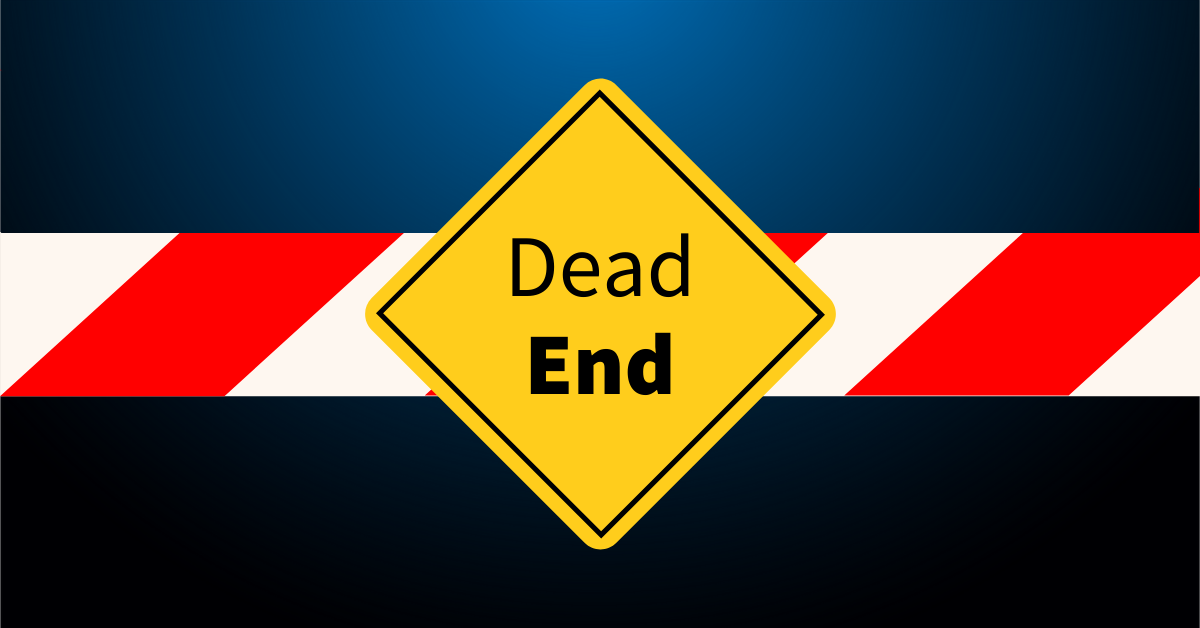
Providing the right content at the right time will progress people through the three key milestones of the buyer’s journey, better known as:
- Awareness Stage
- Consideration Stage
- Decision Stage
Awareness Stage
Nearly all would-be customers enter this cycle in the wake of a trigger event. This typically comes in the form of a problem they’ve encountered – a computer fault for instance.
At that precise moment they’re on the lookout for information relating to said issue. It’s your job to ensure your content is easily found at this all important juncture.
Crucially, your offering should not only be discoverable but relevant. Be mindful that B2B customers should be nurtured, never rushed. They’ll come a time to broach a sale. Now is not that time.
This period is the equivalent of the top of the marketing funnel. Those entering into it are conducting research – they’re on the hunt for answers, data, education, insight, research and more.
Your business can provide this in several forms, establishing itself as an authority in the process.
Examples of content appropriate for the awareness stage include:
- blog posts
- e-Books
- videos
- webinars
- social media content.
Blog posts are the most obvious example. Published articles are crawlable and, providing they’re well optimised, visible within search engines. Moreover, they can be shared across all relevant social channels.
When undertaking social scheduling itself, it’s important to tailor messages to the platform in question – rather than adopting a one-size fits all approach. Inserting topical hashtags can also help entice an engaged audience.
Video – and interactive content generally – is growing in popularity. According to Databox, 76% of web users find video content more engaging/helpful than the written equivalent. Supplement prose with more visual elements such as infographics, which are particularly well received.
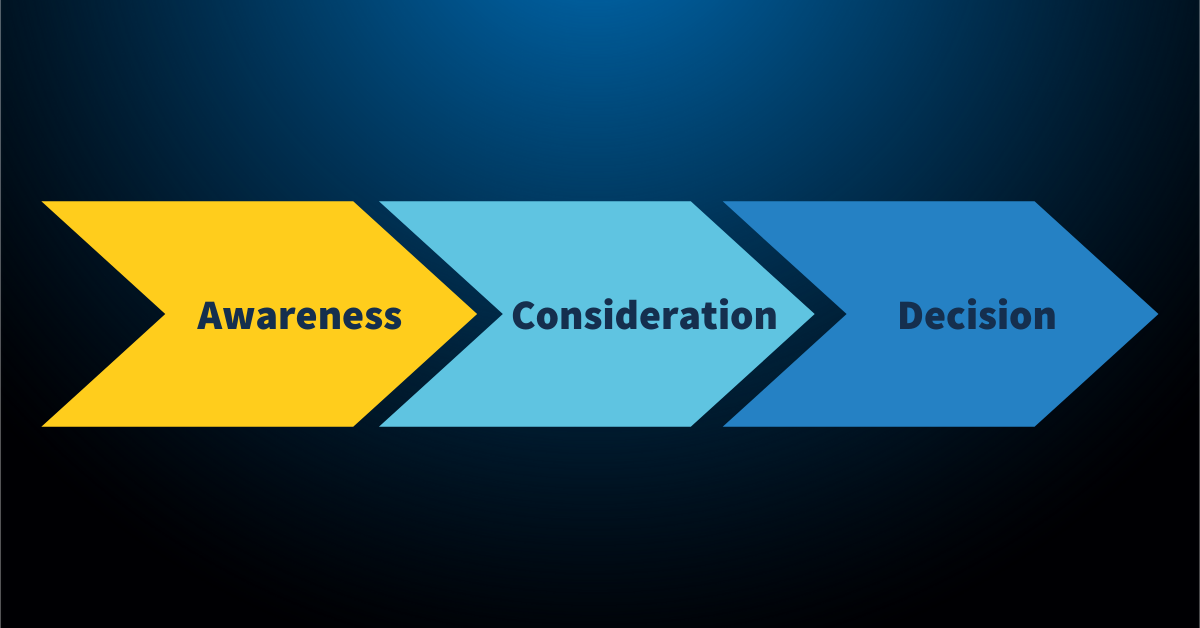
Consideration Stage
Having fully grasped the root cause of their problem, end users now gravitate towards the consideration stage. It’s here that they begin researching potential solutions.
This again presents an opportunity for your business to turn into a trusted adviser. If you’re awareness stage content impressed, they may even seek you out. That’s the value of building brand and domain authority.
Examples of effective consideration stage content include:
- Case Studies
- Comparison Guides
- Whitepapers
- Podcasts
Comparison guides are useful in that they allow customers to weigh up the pros and cons of a potential solution. So too are free samples, these encourage a ‘try before you buy’ policy, welcome in almost any sector.
Podcasts have exploded over the course of the last decade and enjoyed a predictable spike in light of the Coronavirus pandemic. It’s not just hour-long discussions on popular TV series and sports teams that draw listeners, however. There is genuine interest in all manner of topics and services. Note how HubSpot dedicated their own to SEO last year.
Podcasts are another form of ‘content’ creation you can map to the buyer journey and marketing funnel alike.
As for whitepapers, you should position these as a ‘deep dive’. Include information not readily available elsewhere – give interested parties an incentive to sign up for what is ordinarily gated content.
Decision Stage
The third and final stage of the buyer’s journey is where end users begin to sift through possible vendors, products and services. They are in effect hoping to reduce a long list to a shortlist.
Providing its done tactfully, now is the point at which to highlight your capabilities.
Notable decision stage content includes:
- Case Studies
- Consultation Offers
- Vouchers
- Free Trials
- Live Demonstrations
Case studies relevant to your business should include testimonials and statistics that add credence to what you’re saying. Get the balance right and you’ll position yourself as a viable option for their custom/business.
Free trial periods can also tip the scales in your favour. Buyers appreciate the opportunity to familiarise themselves with a product or service, even if that’s for as little as seven days. Equate this to test driving a car.
Depending on your industry, live demonstrations may also be welcome. It’s not uncommon for marketers to invite qualified leads to events in which they showcase their products.
Understanding Your Audience
All the while content creation should continue. Blogs are not exclusive to the awareness stage and that specific persona. They merely become more refined the further into the buyer’s journey somebody progresses.
Simply put, you should be queuing up content for each and every issue your target audience is likely to encounter. Keyword research will go a long way to helping with this, as you identify which terms are being searched for at those various points.
So too will those aforementioned personas. Defined as ‘a semi-fictional representation of your ideal customer based on market research and real data about your existing customers’ they assist copywriters in framing their work for a certain profile. Remember, the right content will only be considered such by the right audience…
Because while the buyer journey is universal, its also unique to each company and service offering. Marketers must understand their audience to prime the right assets. Failure to do so can create disconnect and dissatisfaction.
Expecting people to seek you out is short-sighted in the extreme. Nobody wakes up and decides they want to buy from a company at random. A great deal of groundwork goes into luring that audience and winning both first their trust, then custom. It’s effort that pays dividends.
